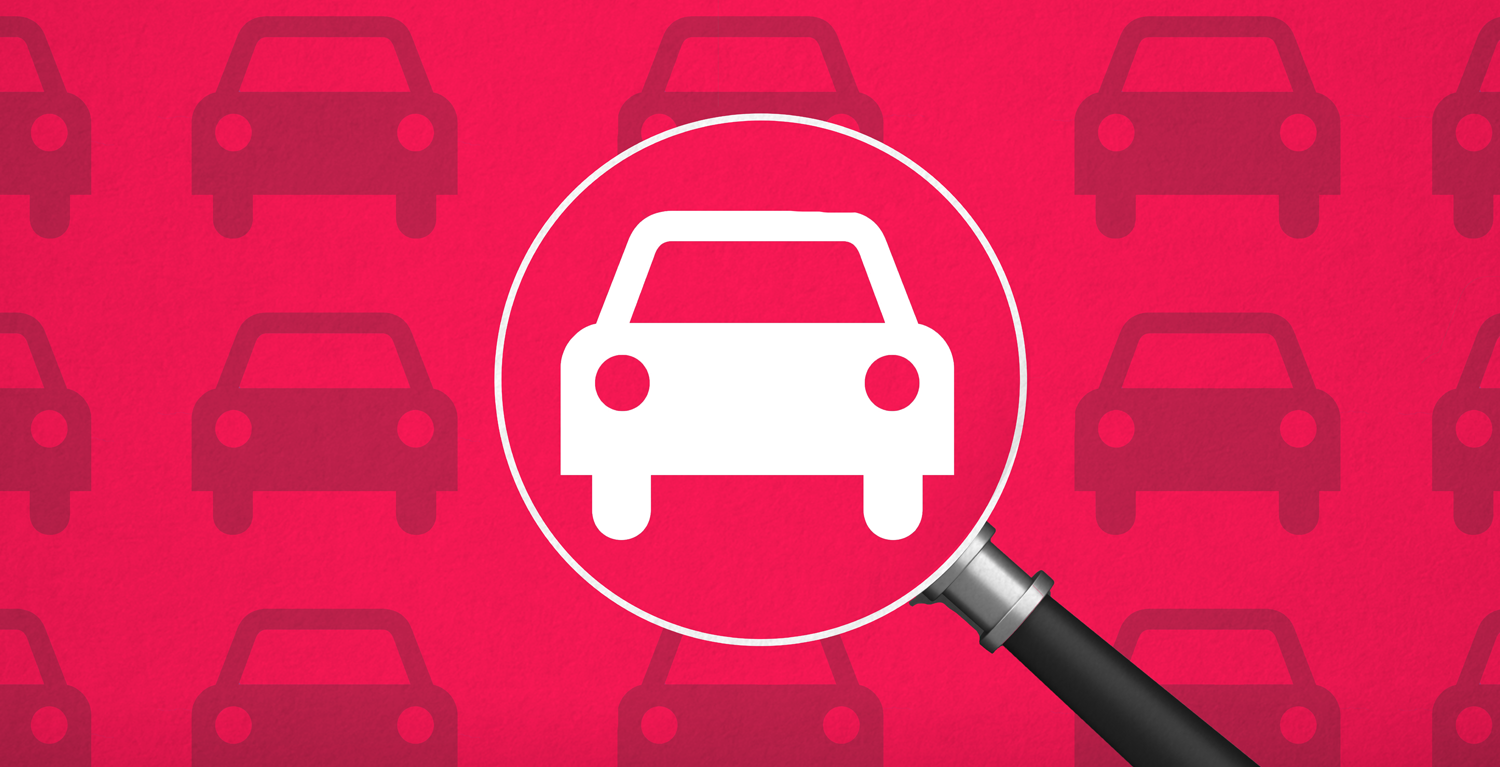S h a r e
Work-related road risk comes back into focus


Posted by
Martin Brown
October 2021
What’s your key takeaway from the pandemic? What has changed significantly in your life as a result of COVID-19? And what’s altered in the way you approach your personal and business lives?
Looking back there’s the rise of flexi working which has been key to many companies riding out the pandemic. But there has also been a rise in delivery services, whether it’s online shopping from the grocery majors to food delivery firms popping round with takeaway meals.
Vehicles used for these activities range from vans and cars to cycles and bikes. But not all are company-owned, and some that I’ve seen on the delivery beat look decidedly…well…downbeat.
Are these vehicles really fit for the road? Good question.
It’s a question the Health And Safety Executive has also been considering and has updated its advice to cover the gig economy and the increasing use of personal vehicles for business purposes, commonly called ‘grey fleet’.
In many ways this renewed interest in the gig economy is timely, because it’s important to refocus the provision of business vehicles in a way that’s structured and fully meets the responsibilities of the business in relation to its drivers.
Understanding Work-related Road Risk
Understanding Work-related Road Risk is crucial because it establishes those legal responsibilities. These are nothing new, but perhaps in the response to the pandemic, along with the move to electrification – and the strategies required to swap from petrol or diesel to plug-in – some of those fleet fundamentals have been overlooked.
So the fact that the updated guidance brings work-related road risk back into focus is welcome. More importantly, the HSE makes it clear that any business using gig workers or contractors has the same responsibilities regarding vehicle safety as they do for their own company cars or vans.
That’s not to say that drivers and riders don’t have an individual responsibility under road traffic law to drive responsibly and obey the laws of the road, but when they are driving for work, the organisation they work for has legal responsibility for their health and safety. For example, ensuring employees do not drive an excessive number of hours; or checking that their vehicle is properly maintained, even if it belongs to the employee. The HSE says these regulations apply to all workers, including those using two-wheeled vehicles, such as motorcycles, scooters and ebikes.
Managing your fleet risk
Part of the updated guidance is about ensuring that vehicles used for work are appropriate and safe. Which is an area where we can actively help to manage your fleet risk, by helping you establish fleet policies and choice lists that reflect the requirements of your drivers and the business, while also creating a strategy for fleet electrification as part of that process.
As well as that, our established driver app – part of our fleet management suite – can help with regular vehicle checks that require completion before the driver starts the day: these can be daily (particularly in the case of vans) to monthly (cars, for instance).
It’s crucial to get all of this so, so right. Because driving for work remains one of the most dangerous activities, with some 200 deaths and serious injuries involving people using the road for work, according to the HSE.
In total some 40,000 people working in occupations such as sales, deliveries or taxi-driving are involved in road traffic collisions every year with company car drivers 49% more likely to be involved in traffic collisions – and those are just the reported incidents, never mind those incidental bumps and bangs that occur.
So it’s important to get a grip of driver and vehicle safety under your watch. The cost to your business if you do not – let alone the irreplaceable human costs – can run into millions if your company is prosecuted. Don’t let that happen – look after your drivers and their vehicles; ensure your business understands its work-related road risks.
You also might like…
If you liked this article then check out our posts about similar topics
2025 Wrapped: My First Year as a Fleet Alliance Appointed Representative
As 2025 draws to a close, it feels like the right time to pause, take stock, and look back on my first year as an Appoin...
FRED 82: Turning a Compliance Challenge into a Fleet Opportunity
FRED 82 may look like just another accounting standard, but for organisations running sizeable vehicle fleets, it repres...
Budget 2025 – the key points for fleets and EV salary sacrifice drivers
The 2025 Budget confirms what many in the fleet and salary sacrifice world have been expecting for some time: as electri...
Best company cars to beat BIK in 2025/2026
Sales of electric cars to fleet and business customers continue to head the new car market in 2025 After four months,...
A Great Place to Work 2025: Fleet Alliance
We’ve done it again! Fleet Alliance is A Great Place to Work - officially We’ve been certified A Great Place to ...
First Drive: The Y Factor – Why Tesla’s Shape Shift is Turning Heads
I didn’t want to love it I did The new-shape Model Y fixes the looks, elevates the drive, and makes a strong case on p...
The top 10 fleet cars from the Munich Motor Show
The Munich Motor Show - which is officially known as IAA Mobility - recently took place It’s a hybrid show demonstrati...
Listening to Our Clients: The Real Demands of Modern Fleet Management
At Fleet Alliance, we don’t believe in making assumptions about what our clients want Instead, we ask them—regularly...
Ready to make the management of your fleet more efficient?
Request a call back
